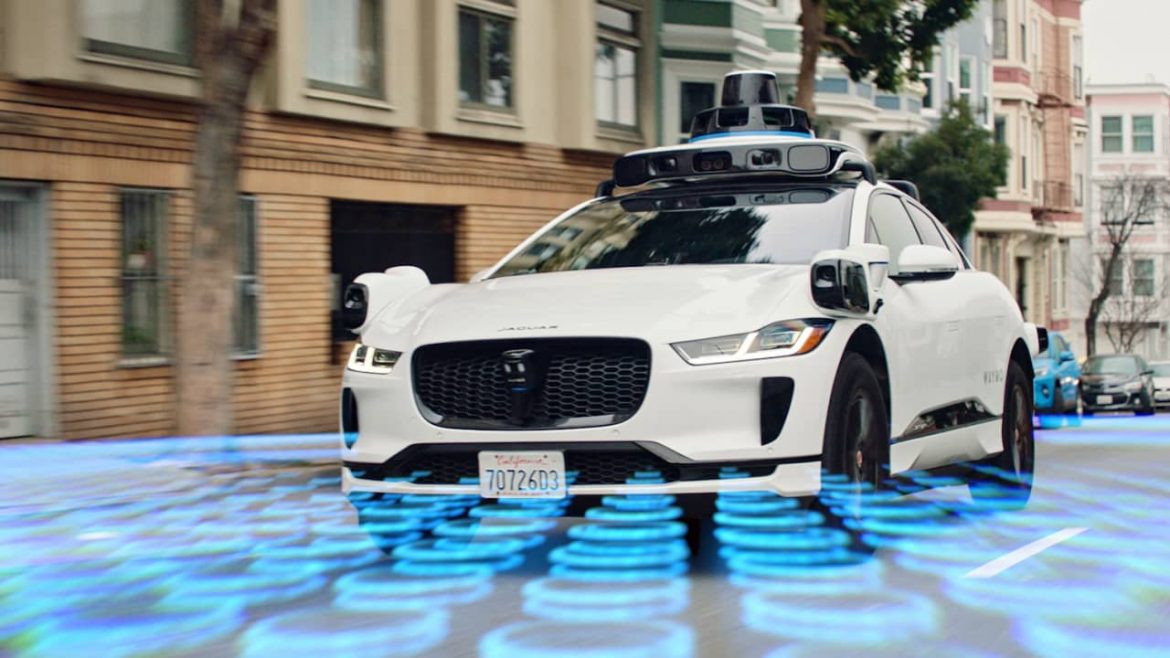More than two dozen unions have come together to call for a comprehensive investigation by U.S. auto safety regulators into the field of driverless vehicles, including major players like Alphabet’s Waymo and Amazon’s Zoox.
Concerns were raised by these unions, which include prominent organizations such as the Transportation Trades Department, Transport Workers Union of America, International Brotherhood of Teamsters, and United Auto Workers, following the recent probe into General Motors’ self-driving Cruise unit and the suspension of Cruise testing in California.
According to the unions, driverless vehicles are currently deemed to be unsafe and unsustainable. They emphasize the urgent need for federal regulation and strong leadership in the industry to ensure a minimum level of safety and establish a practical framework for these vehicles to operate without endangering other road users.
In a letter addressed to U.S. Transportation Secretary Pete Buttigieg and Ann Carlson, acting administrator at the National Highway Traffic Safety Administration (NHTSA), they also highlight the safety concerns faced by workers dealing with robotaxi services.
Furthermore, Cruise, the self-driving technology company, stated that it had experienced a USD 700 million loss during the last quarter and had consequently made reductions in its contractor workforce, specifically those involved in supporting driverless ride hail operations. The contractors were responsible for various tasks such as fleet maintenance, charging, and cleanliness.
The recent recall of 950 driverless cars by Cruise, following a collision involving one of its robotaxis, indicates the challenges faced in ensuring the safety of autonomous vehicles. Disturbingly, last month, a pedestrian in San Francisco was hit by a hit-and-run driver, thrown into an adjacent lane, and then struck for a second time by a Cruise robotaxi that was unable to stop in time. The unions’ letter states that the pedestrian was dragged a distance of 20 feet (6.1 meters), raising further concerns about the safety and reliability of the technology.
Cruise’s operations have come to a standstill nationwide after California regulators suspended the company’s license, highlighting the perceived risks associated with its self-driving vehicles. Furthermore, Cruise recently announced a temporary halt in the production of its driverless Cruise Origin. These developments further underscore the urgent need for industry-wide regulation and safety measures to address the current challenges and ensure public well-being.



